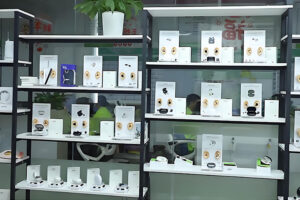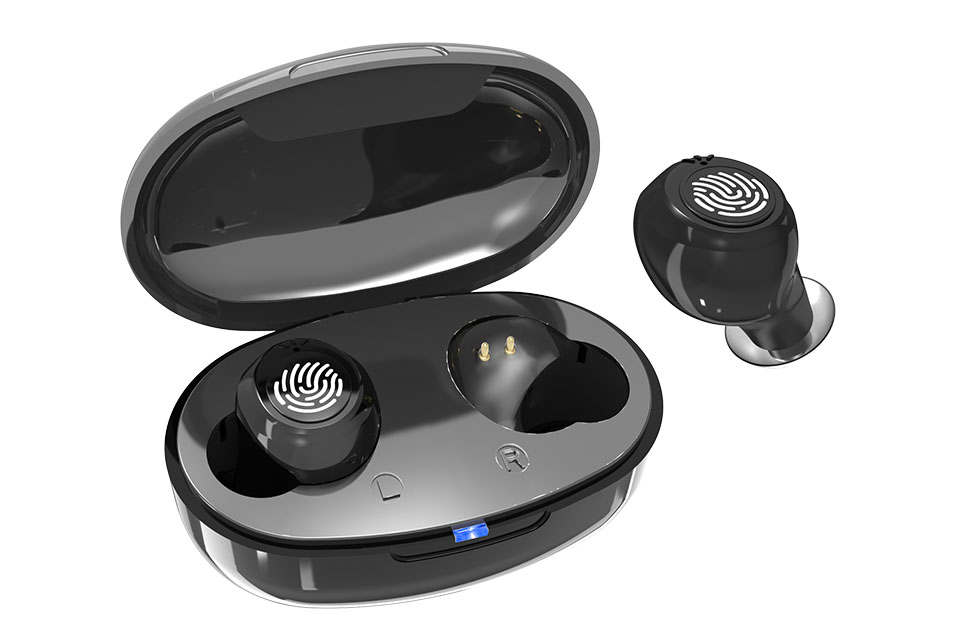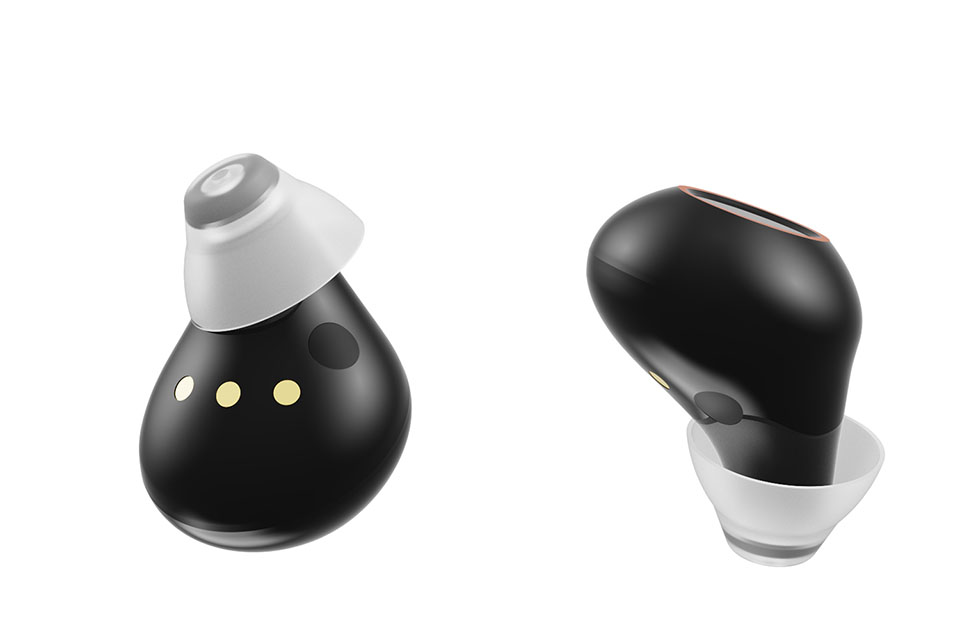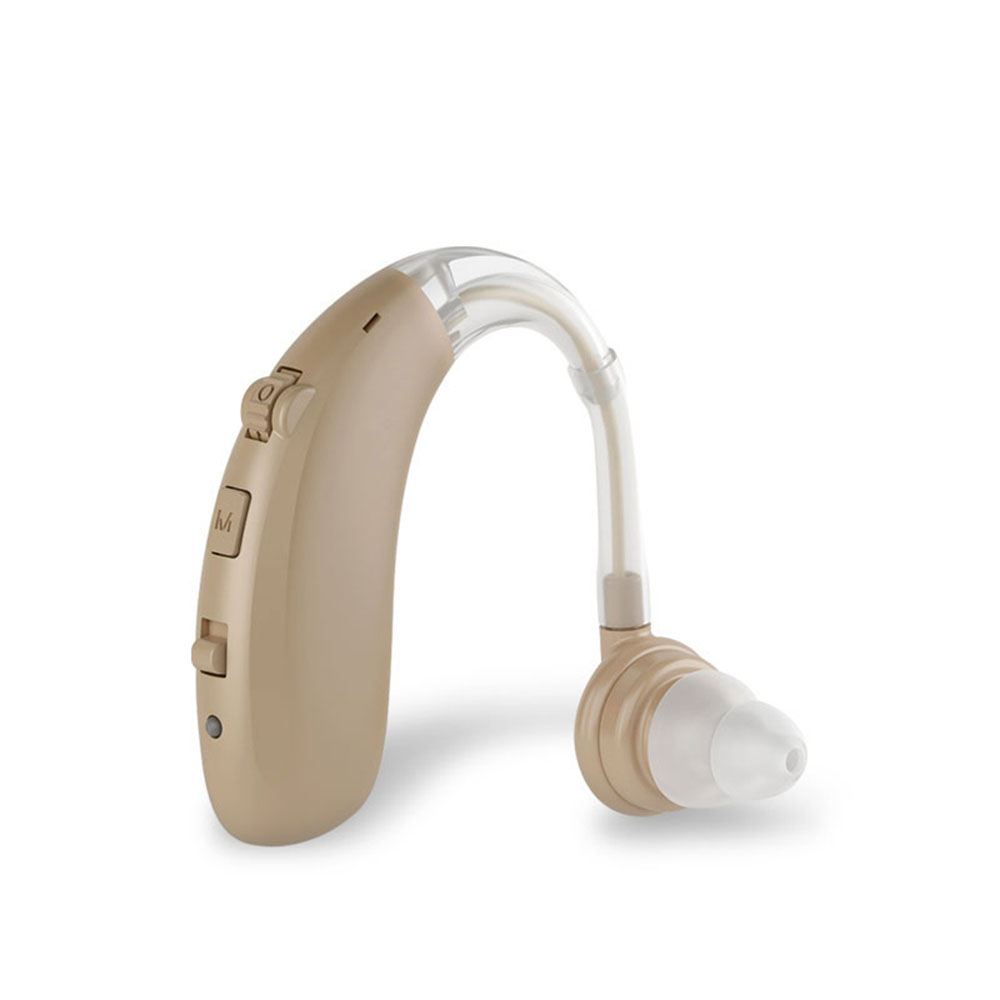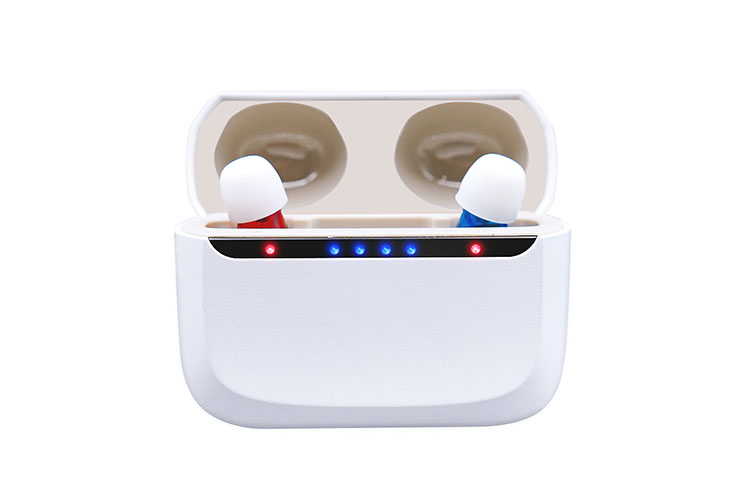1. OEM Market Segmentation in China
China dominates the global hearing aid manufacturing market, with a focus on OEM/ODM for international brands. Key sectors include:
- Automotive: Integration of hearing aids with infotainment systems (e.g., Bluetooth in vehicles).
- Electronics: Production of DSP chips and components for digital hearing aids.
- Heavy Equipment: Automation in assembly lines for high production (3M+ units/year).
Post-COVID Growth:
- Demand for rechargeable and Bluetooth hearing aids grew by 22% in 2024.
- Chinese factories cover 65% of global production of BTE (Behind-The-Ear) hearing aids.
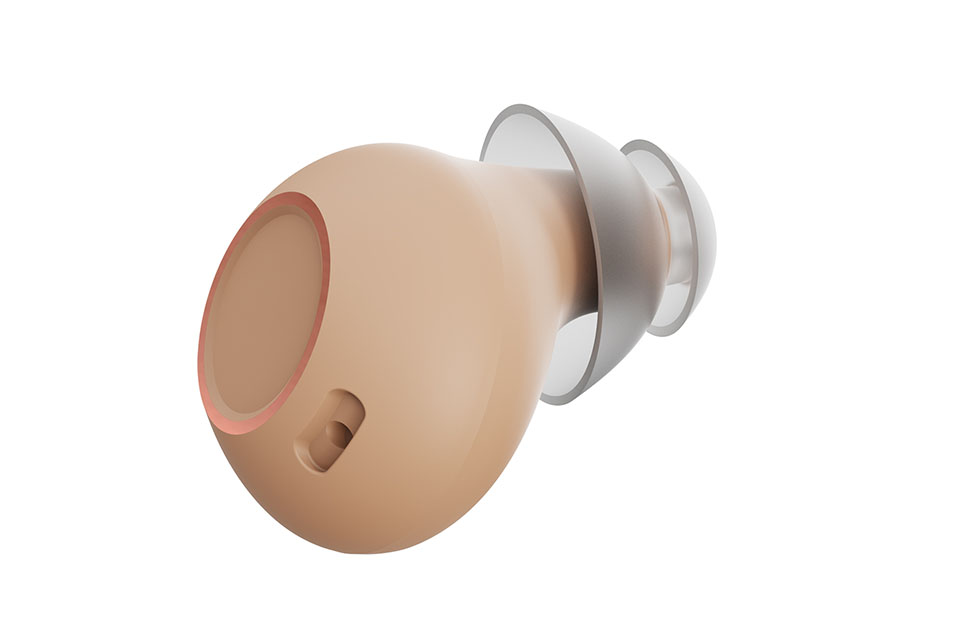
2. Quality Benchmarking: Metrics and Standards
Chinese OEMs compete with global standards:
| Metric | China (Average) | Global (Benchmark) |
|---|---|---|
| Defects (PPM) | <500 | <300 (EU/US) |
| Certifications | ISO 13485, IATF 16949 | FDA, CE |
| Shelf Life | 5 years | 7 years (Switzerland/Germany) |
Example:
- BYD (private): PPM of 200 in rechargeable hearing aids, comparable to Siemens.
- SAIC (SOE): Greater focus on volume than quality (PPM: 600).
Customer Benefit:
- 30% lower costs vs. Europe/US.
- Rapid customization (e.g., BTE Hearing Aids Brand Custom).
3. Innovation Capacity: Patents vs. R&D
R&D Investment:
- Private companies: 8-12% of revenue (e.g., Foxconn in DSP chips).
- SOEs: 3-5% (focused on mass production).
Patents (2024):
- Digital: 1,200+ patents in noise reduction algorithms.
- Bluetooth: 450+ patents in low-latency connectivity.
Success Story:
- TWS Hearing Aids: Combined wireless hearing aids and earbuds, led by Huawei and Xiaomi.
4. Supply Chain Resilience (2024-2025)
Challenges:
- Western Sanctions: Restrictions on rare earths (neodymium for microphones).
- Dual-sourcing: 40% of Chinese factories already use local suppliers for magnets.
Strategies:
- Factory redundancy: Plants in Vietnam and Thailand to avoid tariffs.
- Safe stock: 6 months of reserves for critical chips.
5. Comparison of SOEs vs. Private Companies
| Aspect | SOEs (e.g., SAIC) | Private Companies (e.g., BYD) |
|---|---|---|
| Quality | Medium (PPM: 600) | High (PPM: 200) |
| Innovation | Low (R&D: 3%) | High (R&D: 10%) |
| Subsidies | Yes (government) | No |
| Flexibility | Limited | High (custom ODM) |
Recommendation:
For premium hearing aids, partner with private companies like Digital Hearing Aids Solutions.

6. Geopolitical Risks and Opportunities
Threats:
- US tariffs of 25% on Chinese hearing aids (2025).
- Restrictions on silicon exports.
Opportunities:
- Emerging Markets: India and Africa prefer low-cost hearing aids (Low Cost Rechargeable Hearing Aids Maker).
- 5G Technology: AI-powered hearing aids for remote diagnosis.
7. Strategic Recommendations
- Focus on Quality: Work with OEMs with PPM <300 (e.g. ISO-certified factories).
- Diversification: Use suppliers in Vietnam to avoid sanctions.
- Innovation: Adopt Bluetooth Hearing Aids for young markets.
- Partnerships: Collaborate with private companies for agile development (e.g., RIC Hearing Aids Supplier).
Conclusion:
China remains the leading hub for hearing aid OEMs, but partner selection (SOEs vs. private companies) defines success in terms of quality and geopolitics.

